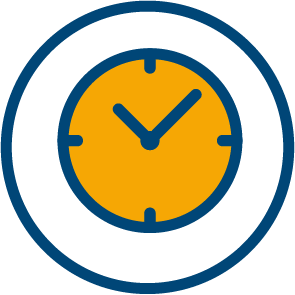NSW amends plumbing and drainage laws
On 11 October 2018, the NSW Government made changes to the plumbing and drainage laws, namely the Plumbing and Drainage Act 2011 and the Plumbing and Drainage Regulation 2017.If you’re a member of the strata committee, make sure you tap into these key points:
- Steps to take before starting plumbing and drainage work
- Steps to take after the sewer work is completed
Before starting plumbing and drainage work:
- Before any plumbing or drainage work begins, you must provide a Notice of Work
- A Sewer Service Diagram (SSD) is required for the inspection and compliance certification. Make sure to check out the requirements for the SSD so that all the little things are taken care of – diagrams need to be complete and drawn to scale, the text must be legibly noted in fine black pen, include only symbols and abbreviations in the legend and so on.
- There’s been a change in the fee structure for all plumbing and drainage audit inspections booked in some areas of the state (Greater Sydney Metro, Wollongong/Illawarra, Blue Mountains, Newcastle/Hunter). You can reach out to your strata manager if you need any clarification regarding the SSD requirements, diagram templates or fee changes in your area.
After the sewer work is completed:
- You must provide the Certificate of Compliance along with the Sewer Service Diagram (SSD) to the regulator after the work is completed.
- Don’t forget to mention your SSD license number and certificate of compliance number. These details will help inspectors to check for plumbing and drainage compliance during inspections.
- If there’s any non-compliance, the new legislation changes state that they can be better managed though written direction first, rather than through penalties before booking subsequent inspections.
Visit the NSW government website for more information regarding the changes in legislation, or get in touch with your strata committee for further clarification.
If you’d like to stay in touch with legislation updates and to access helpful resources, click here to visit our webpage to stay informed. Or ask a question at StrataFAQ.com.au.


